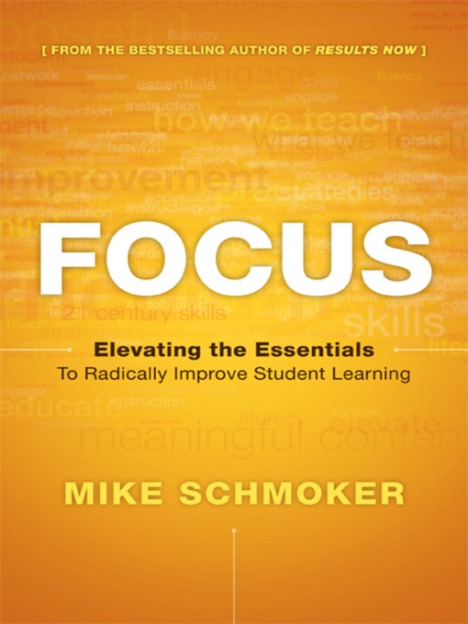In my very first blog post (What Does It Take to Create a Movement?) I shared a video about sharing because sharing and collaboration help us all get better at what we do for our students. In these days of limited school funding my school district is taking steps to save money. One of those steps is to no longer require our students take our Pathways class as a graduation requirement.
Pathways is a stand alone career discovery/exploration class. To compensate for this loss (in a state that requires career development education via the Pennsylvania Career Education and Work Academic Standards) we are working to find ways to embed these learning and self discovery opportunities in core academic classes that all students are required to take. They say that necessity is the mother of invention. This change is forcing us to deliver CEW in an integrated fashion-this change will create new learning opportunities for our students. It is a good thing.
This is the first of a series of posts that I will publish as we work toward this integration. I expect that this transition will take several years and that, if it is any good at all, will be an organically grown product that works for our students as a result of who we are and our community of stakeholders (students, parents, teachers, community and post-secondary programs) desires. I expect to see many layers to this integrated 9-12 curriculum as it develops.
We start by thinking about what freshman and sophomores need. Here you will see all of my materials and resources as we begin this important discussion with our core teachers and school counselors. (Scroll to the bottom of this page to see participant feedback.)
CEW Integration Inservice #1
TED Talk Transcript-Sir Ken Robinson: Bring on the Learning
TED Talk video-Sir Ken Robinson: Bring on the Learning:
Agenda for the day:
PPT presentation used to facilitate the day:
Graphic Organizer:
Skills ID Ice Breaker Activity (conversation starters from Smith College Career Development Office)
Skills ID build Self Efficacy Resources:
The Girl Scouts and 21st Century Skills
The 6 21st Century Skills You Really Need (source: The Bamboo Project)
Essential Outcomes (given to freshmen at the University of Wisconsin)
10 Skills You’ll Need to Succeed at Almost Anything
What Skills Do Employers Want?
Five out of 14 teachers participating wrote to me after the inservice. Here is what they said:
Filed under: 8-12, Career Development, Career Development K12, Career Education, Curriculum and Instruction, Professional Development | Tagged: 21st Century Skills, Best Practices, Career Development, Core Courses, Curriculum, employability skills, instruction, Professional Development, Skills for a Lifetime, Transitition | Leave a comment »

















 I have just returned from a grueling 3.5 day inservice developed and delivered by PDE. The purpose was to teach/orient teachers, curriculum people, administrators and post-secondary institutions about/to “SAS” (
I have just returned from a grueling 3.5 day inservice developed and delivered by PDE. The purpose was to teach/orient teachers, curriculum people, administrators and post-secondary institutions about/to “SAS” (

